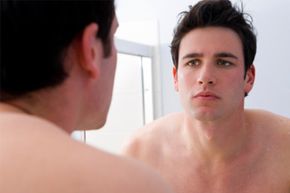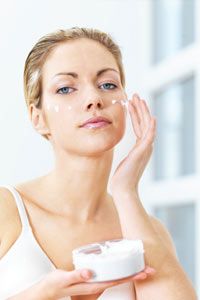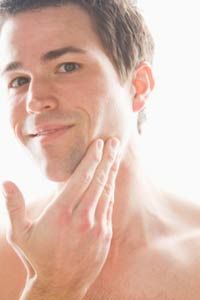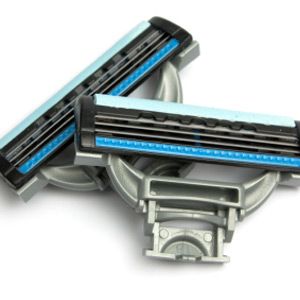You're showered, freshly shaven and about to splash on your signature fragrance -- and its signature sting. Aftershaves are notoriously prickly products. Many are designed to not only make you smell good, but also to remove oils from your skin, close your pores after a hot shower and disinfect any cuts or nicks.
There's a problem with removing most (or all) of the oil in your skin, though. Healthy skin is naturally slightly acidic, about 5.5 on the pH-scale (water, by comparison, is a neutral 7) [source: Kim et al]. Skin-care products that change the skin's pH and remove the natural oils have a drying, not moisturizing, effect on the skin.
Advertisement
Our skin is made up of layers: the epidermis, the dermis and the hypodermis (also known as subcutaneous tissue). The epidermis is the outermost layer, and it's made up of three parts called the stratum corneum, keratinocytes and the basal layer. The stratum corneum is the outermost layer of skin on your body. It contains about 30 percent water, amino acids, lactic acids, urea and salt, and what's basically a combination of dead skin cells and natural oils forms a protective barrier for your skin [source: Marino]. The stratum corneum is the part of the skin that needs moisturizing from time to time, especially in the winter months when the humidity is low or if you frequently use skin-care products that zap oil from the skin.
If you're looking for an aftershave that will hydrate, not dehydrate, pay attention to the ingredients as you browse bottles on the shelves. There are two basic types of moisturizers: humectants and lipids. Humectants, such as glycerin and alpha-hydroxy acids, work as a barrier to attract moisture. They're absorbed into the stratum corneum. Lipids, on the other hand, work as barriers to stop moisture from escaping our skin. These types of moisturizers have an oily feel, like petroleum jelly and lanolin. Lipids are a natural part of the stratum corneum's makeup, and they work best when applied after a shower or bath.
Products that contain alcohol-based ingredients, such as cetyl alcohol, stearyl alcohol and naturally derived witch hazel, are beneficial because they help prevent unwanted bacteria from getting into any shaving nicks. However, they're also notorious drying agents. Instead, look for aftershave balms and lotions with ingredients that would also be at home in moisturizers -- vitamin E, allantoin and oils such as avocado and coconut, all of which help to protect and moisturize skin.
If you simply can't live without the astringent qualities of your aftershave, consider an exhilarating splash of cold water -- it will naturally close pores post-shower.
Advertisement



